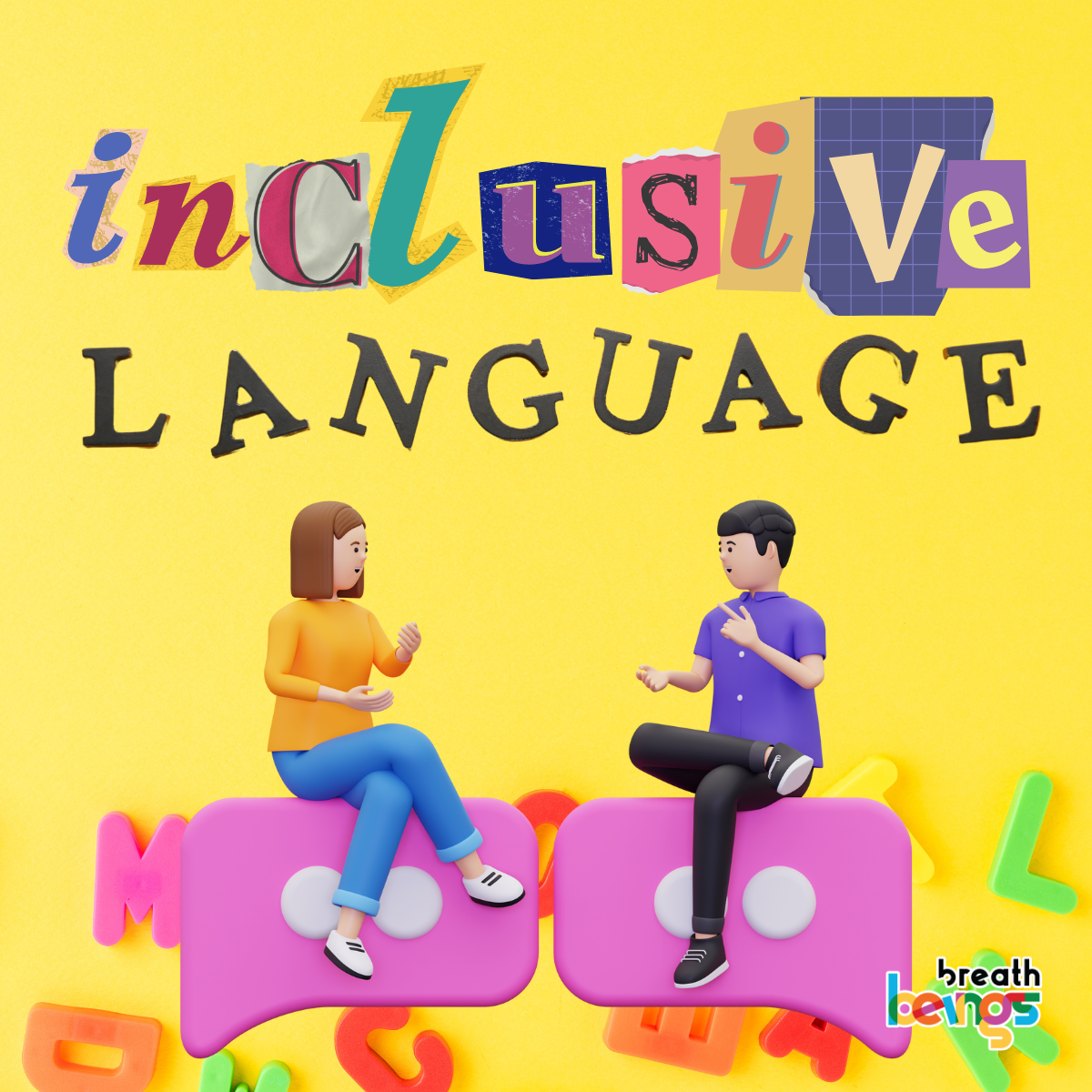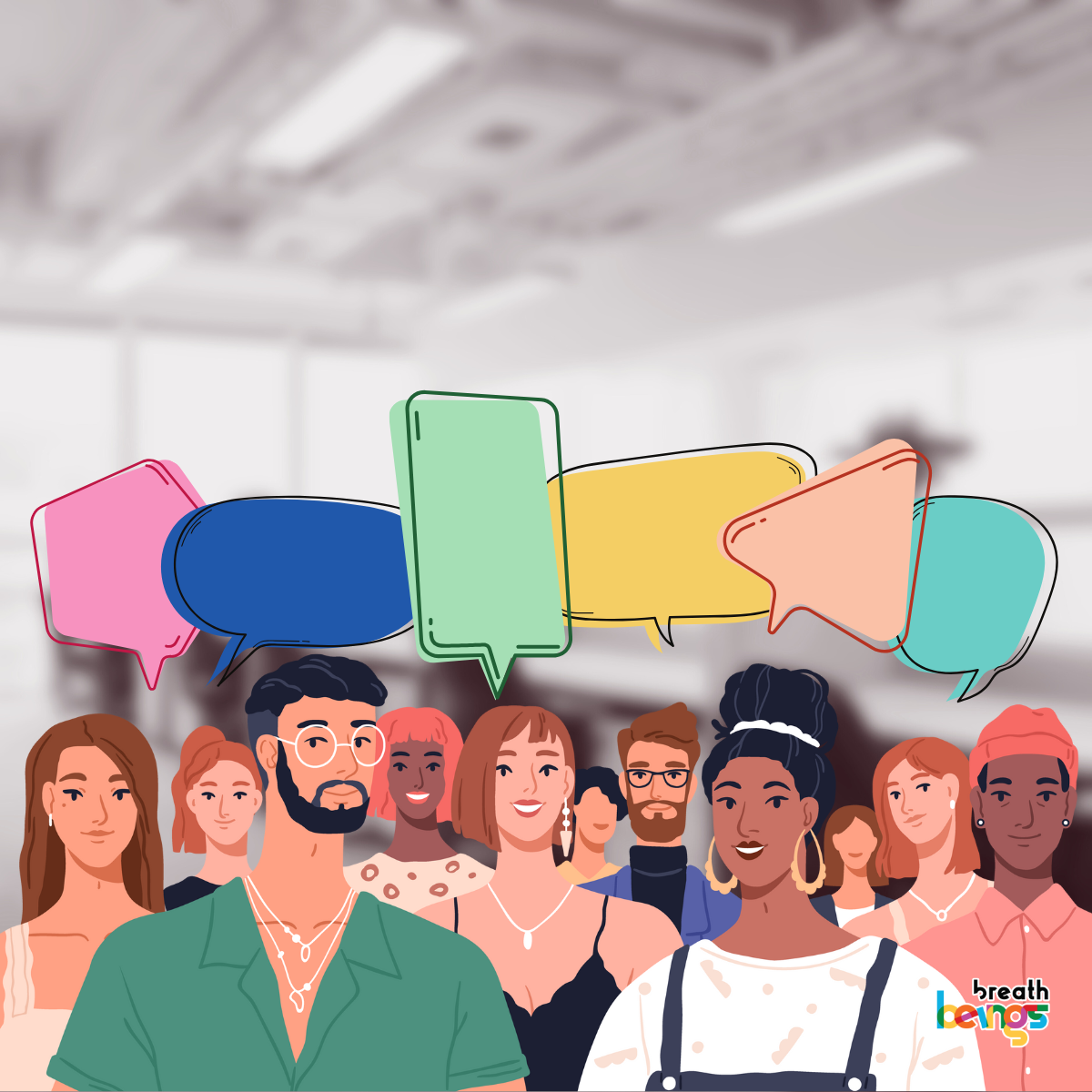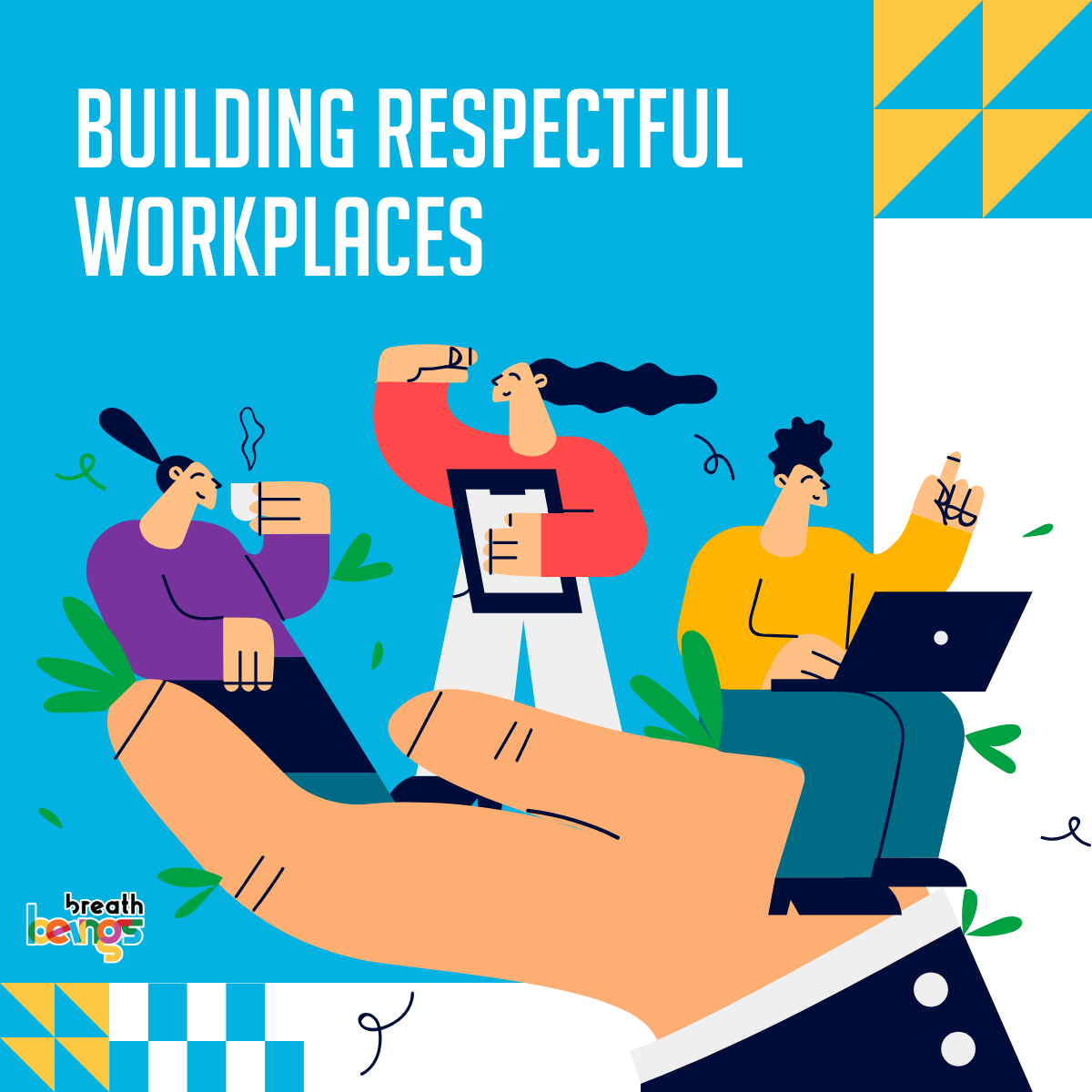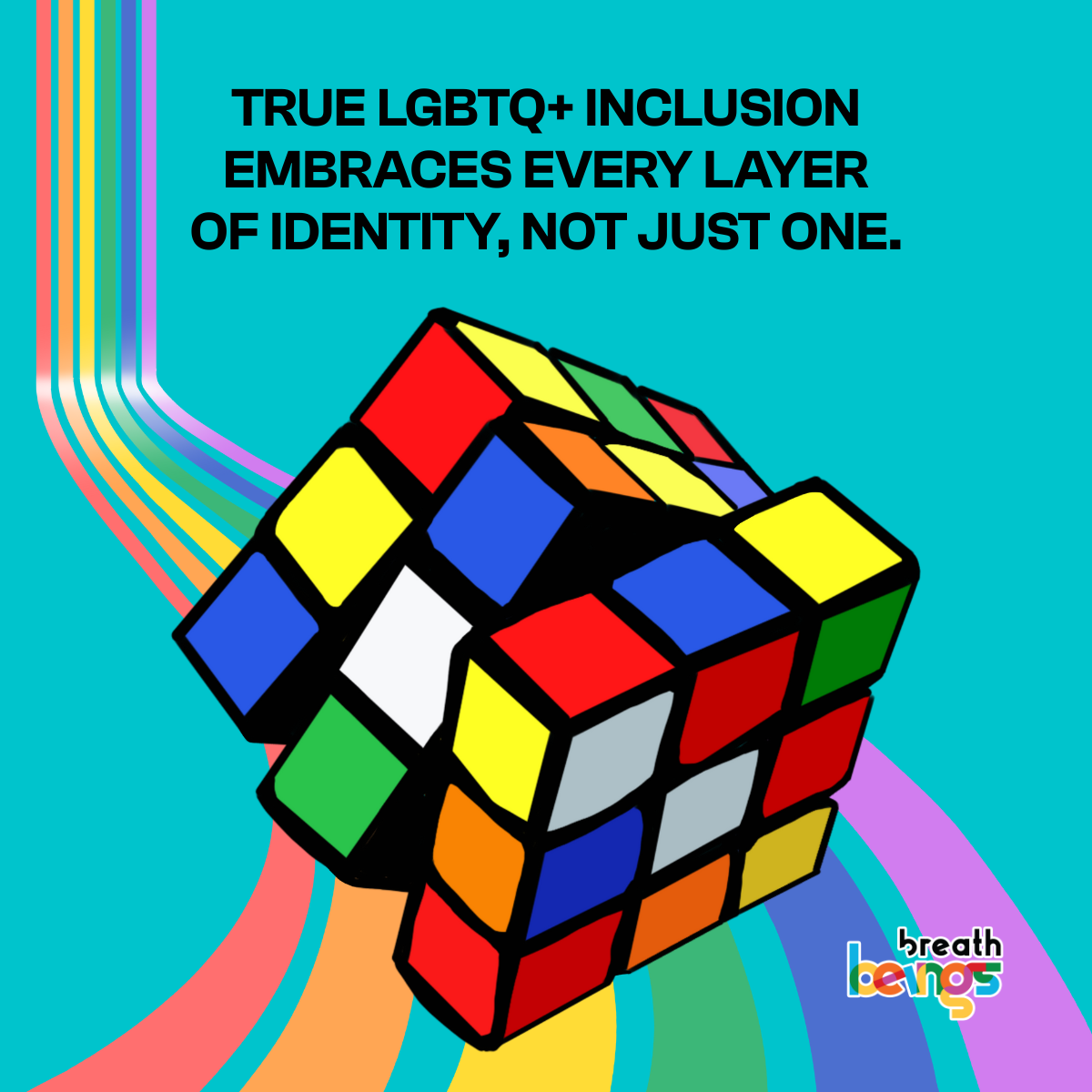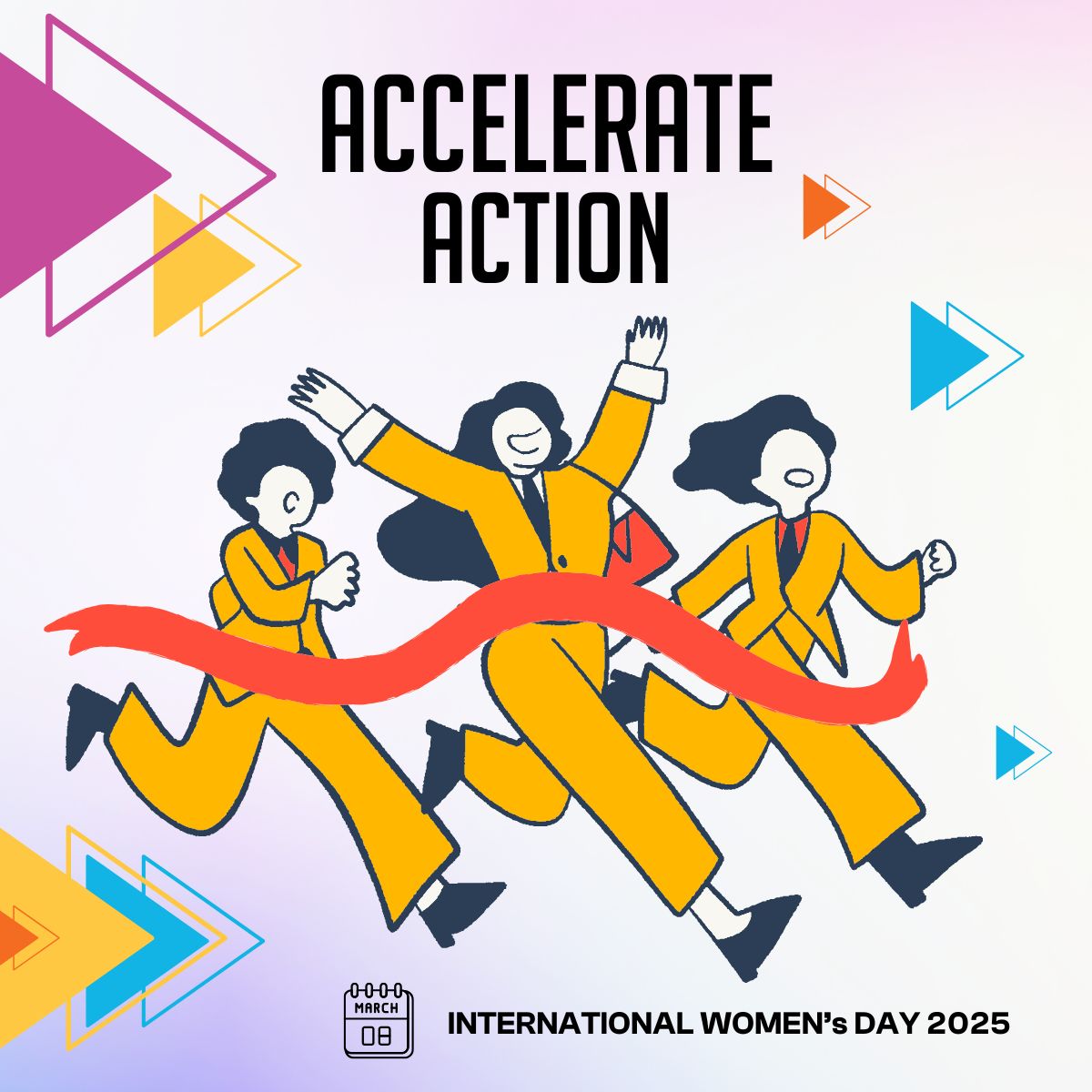In 2024, Delta Airlines made a bold move.
It did away with the familiar “ladies and gentlemen” gate announcements and replaced it with “Welcome, everyone,” or “Hello, travelers.”
This small but deliberate language change started at the top when Delta’s Chief DEI Officer Keyra Lynn Johnson issued a directive based on a company-wide inclusive-language guide.
“You know, we’re looking at some legacy language that exists in some of our employee manuals. And getting to the root of the way some things are described and saying, ‘Does that actually send a message of inclusivity?” explained Johnson.
Earlier, Japan Airlines replaced the legacy phrase with gender-neutral ones like “attention all passengers” in 2020 and so did Air Canada and Easy Jet.
It’s not just the airlines. In the UK, “chairman” was dropped and replaced with “chair” in the UK Corporate Governance code, while NATO released an entire gender-inclusive language manual changing words like ‘manpower’ to ‘workforce’.
In India, too, there are efforts to shift to a gender-neutral language across businesses and government communications. In 2023, the Ministry of Women and Child Development released a ‘Guide on Gender-Inclusive Communication’, specifying changes like ‘intermediary’ instead of ‘middleman’.
Why is Gender-Neutral Language so Important?
Gender-neutral language promotes inclusivity, creating room for those the values behind it to show up in action, whether it’s how job descriptions are written, how feedback is delivered, or how a team addresses one another on Monday morning.
Inclusive language is any communication that affirms diverse identities, respects lived experiences, and avoids language that reinforces bias. It centers people first, ensuring individuals are referred to in ways they define themselves. This involves being intentional about phrasing, aware of nuance, and open to evolving standards.
Think about your own organization for a minute. How many scripted moments use stock phrases? Speaking at meetings, written reports, even email salutations, to name a few. Many of them are inherited tropes lifted from outdated norms.
When you use inclusive language it shows gender allyship, leadership buy-in, policies backed by action, and culture embedded in communication. It fosters psychological safety; the sense that people can express themselves without fear of judgment or marginalization.
In businesses, this matters because it:
- Increases employee engagement as people who feel respected are more likely to contribute meaningfully.
- Strengthens leadership credibility. When leaders use inclusive terms naturally, it indicates they lead with awareness and intention.
- Reduces microaggressions, which often stem from careless language. Conscious word choice helps reduce unintentional harm.
- Enhances brand perception as communicating inclusively demonstrates social awareness and cultural fluency, which builds trust.
Common Language Missteps that Undermine Inclusion
Despite good intentions, certain patterns of language can reinforce exclusion.
And it’s everywhere. In marketing emails, investor slide decks, onboarding webinars, internal town halls, and so on. Many of these are deeply embedded in business vocabulary and require active re-evaluation.
They can be found in gendered usage in words like ‘chairman’ or ‘salesman’. In collective addressing like using ‘guys’ instead of ‘folks’ or ‘team’. Or when referring to individuals as ‘mentally challenged’ or ‘handicapped’ instead of ‘neurodivergent’ or ‘differently abled’.
Even the most well-meaning teams can trip up on outdated or imprecise language. Here are some pitfalls to watch out for:
- Assuming gender roles: Defaulting to “he” when describing a leader or “she” when describing an assistant reinforces stereotypes. Using “they” or the job title keeps descriptions neutral.
- Using labels over people: Phrases like “the disabled” or “the homeless” define people by condition. Rephrasing to “person with a disability” or “person experiencing homelessness” centers the individual first.
- Stereotyping by region or accent: Comments that praise someone for “not sounding local” or referring to fluency as “surprising” unintentionally highlight bias. Focus on other aspects like clarity in communication or collaborative spirit, which are qualities that matter regardless of language background.
- Using idioms that don’t translate: English idioms like “low man on the totem pole” or “falling on deaf ears” can carry cultural baggage or colonial associations or can be hurtful to someone who has hearing loss issues. Plain language is often clearer and fairer.
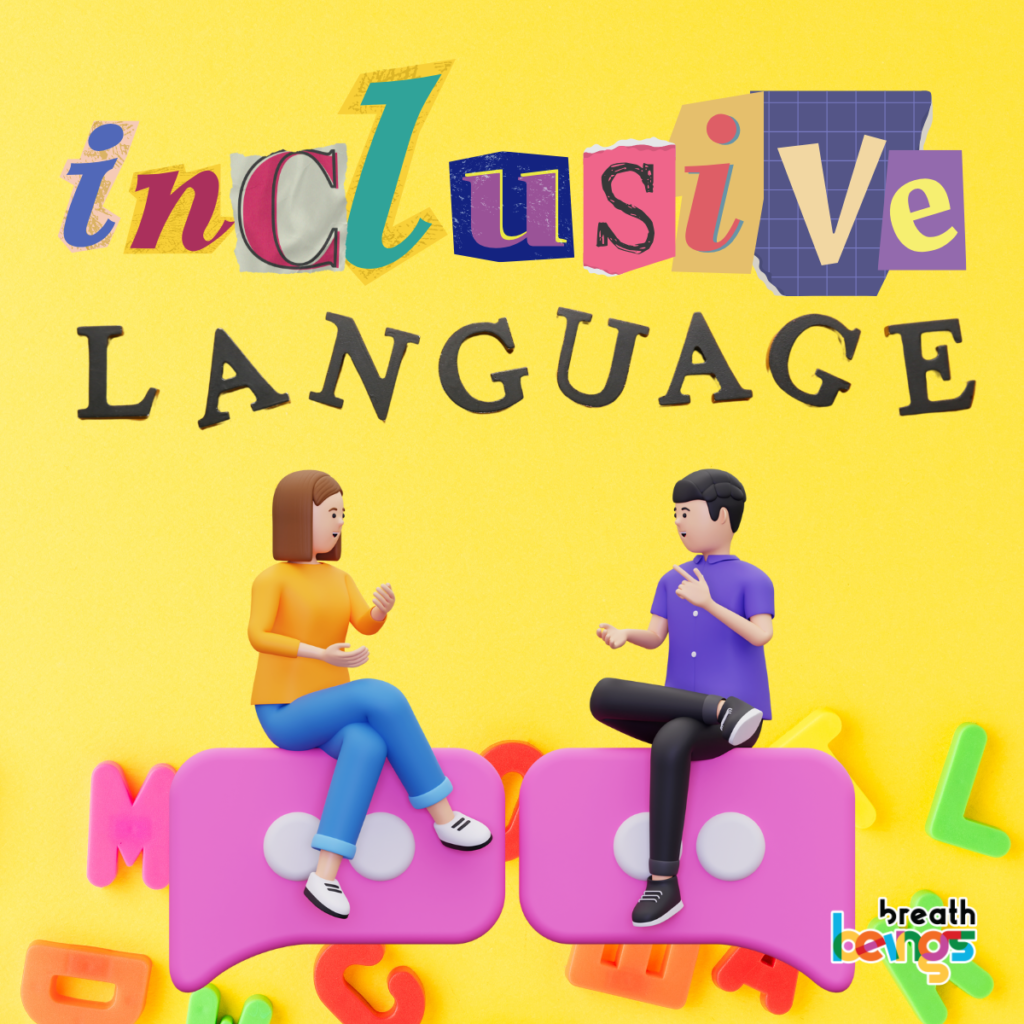
Small Steps to make Change
Trying to make everyone feel included involves understanding your team’s diversity, acknowledging each individual’s culture and background, and being sensitive to their needs. As a leader or a team member, here are a few steps you can take to make everyone feel respected.
Create internal resources
Use authoritative resources to create an inclusive language handbook. Comb job postings, internal presentations, newsletters, and support scripts for default gender terms, role assumptions, or regional idioms and replace them with appropriate phrasing. Inclusive language guides, writing workshops, or quick-reference checklists help teams shift habits naturally.
Increase self-awareness
HR documents, employee handbooks, and DEI statements should align with inclusive communication principles. Including pronouns in email signatures or Zoom names signals awareness and invites others to share theirs without pressure. Educate yourself constantly about exclusionary words and how we use them unknowingly. For instance, the words “assertive” or “competitive” can deter women from applying for a job.
Implement microcoaching
Traditional coaching calls or meetings tend to be at fixed times and for long durations. Microcoaching involves a more casual approach with quick, frequent ten-minute conversations. This can be done over chats or voice notes or messaging rather than a scheduled meeting. Microcoaching helps in increasing engagement and interest as it’s more relatable and accessible.
Ensure you bridge generational gaps
Gen Z might gravitate toward fluid identity markers and digital-first slang. Baby Boomers and Gen X might operate within more structured frameworks.
Tensions often arise when newer language norms are dismissed as trends or when long-held phrases are challenged without explanation. The key lies in building curiosity. When organizations create space for conversations around language shifts, generational gaps begin to narrow.
Keep communication styles flexible
Similarly, communication styles also vary in a diverse workforce. Some employees might prefer to have everything communicated on email but others might be okay with chat.
Being inclusive also means offering choices in communication styles for your teams. Initiate a survey, understand employee preferences, and use their preferred options.
Re-evaluate your office space
Language is not constrained to company documents or email communication. Physical spaces like washrooms, for example, need to replace the traditional “men” and “women” signs with “all-gender” or “gender-neutral”. If it’s a new building, you could possibly increase privacy by creating full stalls for all-gender washrooms.
Other initiatives you could think of include renaming conference rooms to reflect neutrality and offering labels in braille for the pantry.
Language is always evolving, and mistakes will be made. What matters is awareness of who’s in the room, who’s reading the message, and what unspoken assumptions might be showing up.
As the inclusive language guide for the National Assembly of State Arts Agencies in the US states “Words carry meaning and power. The ways in which we refer to individuals and groups of people can be evidence of respect, or they can convey disregard or scorn.”
The choice is ours.
